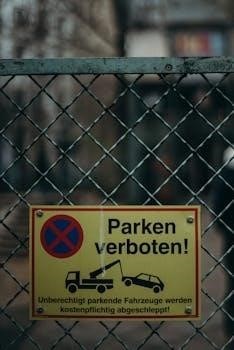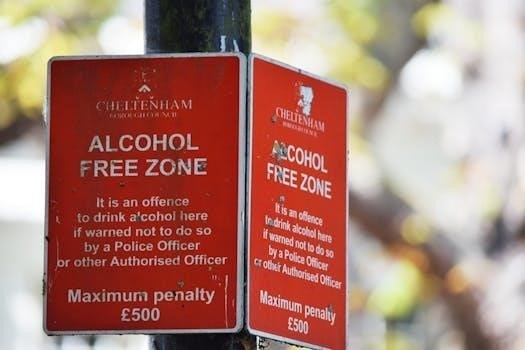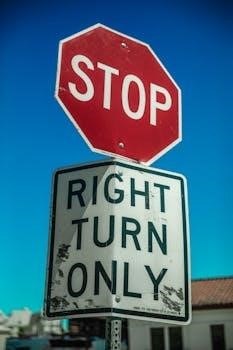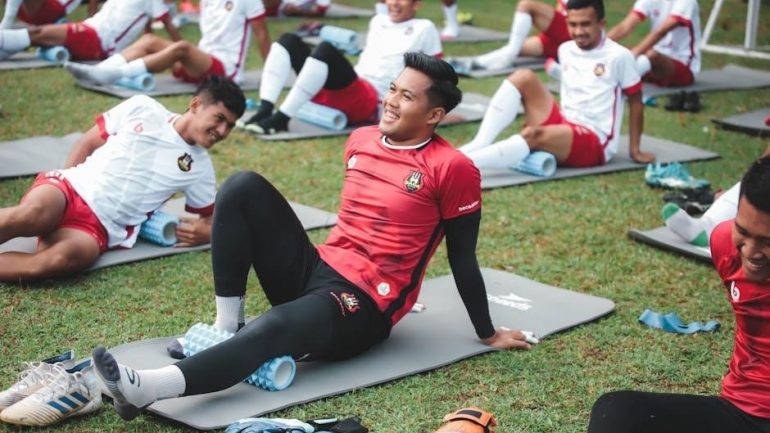FIE Fencing Rules and Regulations
The FIE (Fédération Internationale d’Escrime) is the governing body for Olympic fencing globally. The FIE’s rules are obligatory for official competitions, including the World Championships. They have 150 national member federations and are based in Lausanne, Switzerland. Fencing is one of four sports featured at every modern Olympic Games.
Overview of FIE (Fédération Internationale d’Escrime)
The Fédération Internationale d’Escrime, or FIE, stands as the international governing body for the Olympic sport of fencing. Headquartered in Lausanne, Switzerland, the FIE boasts a membership of 150 national fencing federations. Its primary role involves standardizing fencing rules and regulations across the globe, ensuring fair play and consistent competition standards. As the ultimate authority in fencing, the FIE oversees major international tournaments, including the prestigious World Championships and the fencing events at the Olympic Games. Furthermore, the FIE actively promotes the development and growth of fencing worldwide, fostering participation at all levels. This includes youth programs and elite athlete training. The FIE also publishes and regularly updates its rulebook, serving as the definitive guide for fencers, referees, and tournament organizers internationally.
Governing Body Role in Olympic Fencing
As the international governing body, the Fédération Internationale d’Escrime (FIE) plays a pivotal role in Olympic fencing. The FIE is responsible for upholding the integrity of the sport at the Olympic Games. This includes enforcing the rules and regulations outlined in its comprehensive rulebook. They ensure all competitions align with international standards. The FIE oversees the qualification process for Olympic fencers, setting criteria for participation and allocating slots to national federations. During the Olympic Games, the FIE technical commission manages the fencing events. This includes appointing referees, resolving disputes, and ensuring fair play. Ultimately, the FIE’s involvement in Olympic fencing guarantees a consistent and regulated environment for athletes. This ensures the events reflect the highest standards of the sport. Additionally, the FIE aims to promote fencing on a global stage.

USA Fencing Rules
USA Fencing adapts FIE rules for US competitions. The USA Fencing rulebook combines all of these documents into a single one. These rules apply to all USA Fencing championships and nationally-rated competitions within the United States.
Adaptation of FIE Rules for US Competitions
USA Fencing adapts the Fédération Internationale d’Escrime (FIE) rules for domestic competitions. This adaptation ensures alignment with international standards while addressing the specific needs of US fencing. The American version of the international rules is translated and adjusted from the FIE edition. Changes made by the FIE Congresses are incorporated by the USA Fencing Board. This ongoing process is overseen by the Referees Commission of USA Fencing. The USA Fencing rulebook pertains to all sanctioned events held within the United States. Unless otherwise noted, these rules apply to all fencing competitions in the United States. The USFA Operations Manual provides additional guidance.
USA Fencing Rulebook
The USA Fencing Rulebook serves as the primary rules source for US fencing competitions. It provides US-specific information on how tournaments are conducted. This rulebook represents an American adaptation of the international FIE rules governing fencing. It is translated and adapted, incorporating changes from FIE Congresses. The USA Fencing Board of Directors adopts these changes. The ongoing publication is managed by the Referees Commission of USA Fencing. The rulebook applies to all USA Fencing championships and nationally-rated competitions. Unless stated otherwise, these rules govern fencing competitions in the United States. The USA Fencing Rulebook pertains to all sanctioned events within the US, incorporating the latest FIE rule changes.

Weapons and Equipment Regulations
Fencing regulations cover the types of weapons used⁚ foil, épée, and sabre. These regulations define material rules and equipment standards. All weapons must conform to regulations and safety standards, certified by the manufacturer, according to FIE Rules.
Types of Weapons⁚ Foil, Épée, Sabre
Fencing encompasses three distinct weapon types⁚ foil, épée, and sabre. Each weapon possesses unique characteristics and rules. The foil, a light thrusting weapon, primarily targets the torso. The épée, another thrusting weapon, allows for hits across the entire body. Sabre, a light cutting and thrusting weapon, targets the body above the waist, including the head and arms. Understanding the nuances of each weapon is crucial for fencers. Weapon specifications, including weight and dimensions, are strictly regulated to ensure fair play. These regulations ensure that all fencers compete with equipment adhering to established safety and performance standards. Proper maintenance and inspection of weapons are also emphasized to prevent injuries and maintain the integrity of the sport. Fencers must be familiar with the specific rules governing their chosen weapon to compete effectively.
Material Rules and Equipment Standards
Fencing equipment must adhere to strict material rules and standards. These regulations ensure fencer safety and fair competition. The FIE sets standards for weapons, masks, clothing, and other protective gear. Weapons must meet specific dimension and weight requirements; Masks must withstand a certain level of impact. Clothing must provide adequate protection and conform to material specifications. Fencers must use FIE-approved equipment in official competitions. Manufacturers must certify that their products comply with FIE rules. Regular equipment checks are conducted before bouts to identify any non-compliant items. Any person giving a lesson must wear a plastron, glove and mask according to the regulations. These stringent material rules and equipment standards protect fencers from injury and promote fair play. These rules are outlined in Book 3 of the British Fencing Rules.

Competition Rules and Procedures
Fencing bouts are timed, lasting three minutes or until 15 points are scored. Points are awarded based on contact location. Referee’s and juries oversee matches. The ISF and FIE have different rules.
Bout Duration and Scoring System
Fencing matches are timed, with each bout lasting three minutes or until one fencer scores 15 points, highlighting the dynamic nature of the sport. The scoring system varies depending on the weapon used. Points are awarded based on where the fencer makes contact with their opponent, influencing strategy. In foil fencing, only hits to the torso count as points, emphasizing precision. In épée fencing, hits to any part of the body count, creating a broader target area. Sabre has its own rules for valid target areas and right-of-way. These elements combine to create a multifaceted and engaging competition.
Referee and Jury Roles
In a fencing bout, at least three people are involved⁚ two fencers and a referee, previously called a director or president of the jury. The referee is essential for interpreting rules and ensuring fair play during the match. They start, stop, and restart the bout, while also giving penalties. The referee may be assisted by a jury of two or four line-judges, but now rendered largely redundant. The primary job of this jury was to watch for hits scored. However, the arrival of the electronic scoring apparatus has diminished their need. The referee makes decisions, but can be assisted by the line judges.

ISF Fencing Technical Rules and Regulations
The ISF Fencing Technical Rules provide standardized regulations for competitions, aligning with ISF Statutes, Sport Policy, and FIE Rules. It emphasizes fair play, educational values, and the role of sport in promoting respect and inclusion.
Standardized Rules for School Competitions
The ISF (International School Sport Federation) emphasizes standardized rules to ensure fair and consistent fencing competitions in schools worldwide. These regulations align with the broader principles of the ISF, promoting sportsmanship and educational values alongside athletic skill. The goal is to create a positive and developmental environment for young fencers. These rules are designed to be accessible and adaptable for various school settings, encouraging participation and fostering a love for the sport. The ISF framework aims to standardize these rules to all participants. Moreover, the balance between sport and education creates awareness about the role of sport in putting forward topics such as fair play, healthy lifestyle, respect, and inclusion. Each participating School Sport Entity may enter a maximum of 2 athletes in each event.
Emphasis on Fair Play and Educational Values
The ISF’s fencing regulations prioritize fair play and educational values, going beyond mere competition. These rules are crafted to instill ethical conduct and sportsmanship in young fencers. The ISF World School Championships (WSC) are events characterised by a balanced programme between sport and educational content. The rules stress respect for opponents, referees, and the integrity of the sport. This focus aims to develop well-rounded individuals who embody the principles of fair competition and ethical behavior, thus promoting sportsmanship and educational values alongside athletic skill. The ISF framework aims to standardize these rules to all participants. The balance between sport and education creates awareness about the role of sport in putting forward topics such as fair play, healthy lifestyle, respect, and inclusion.




